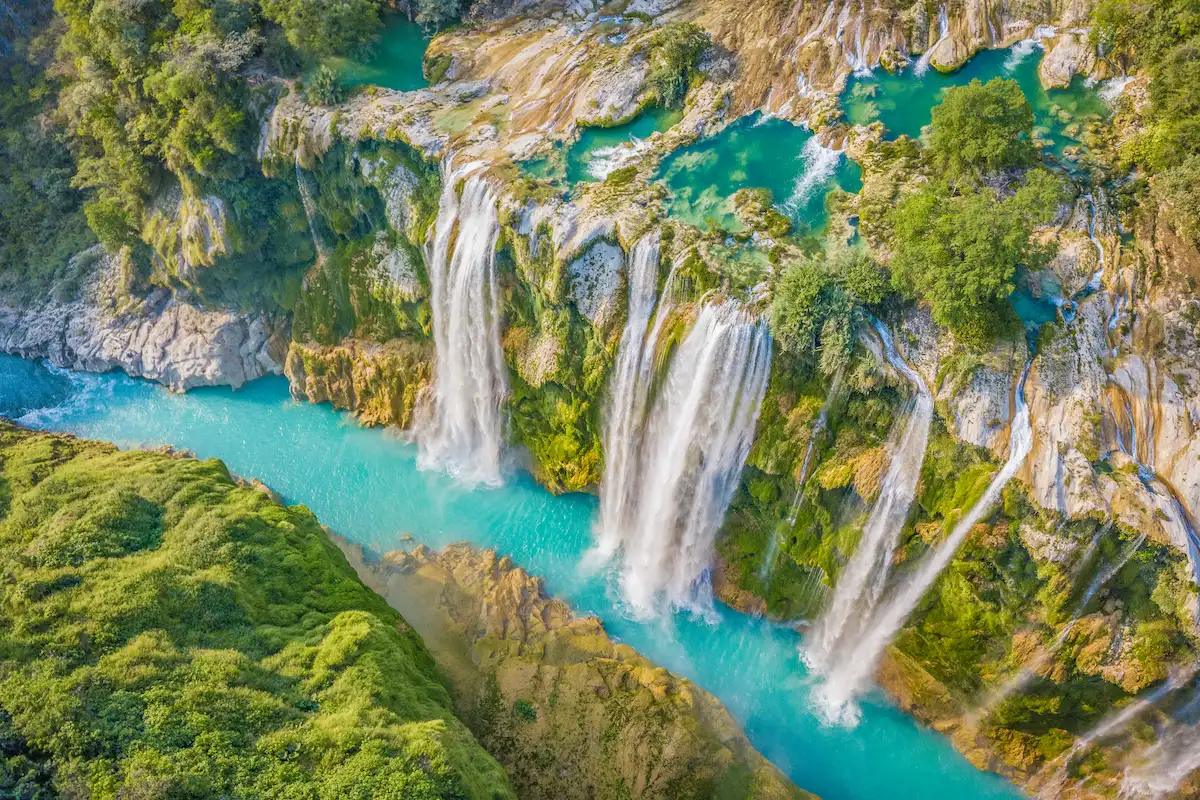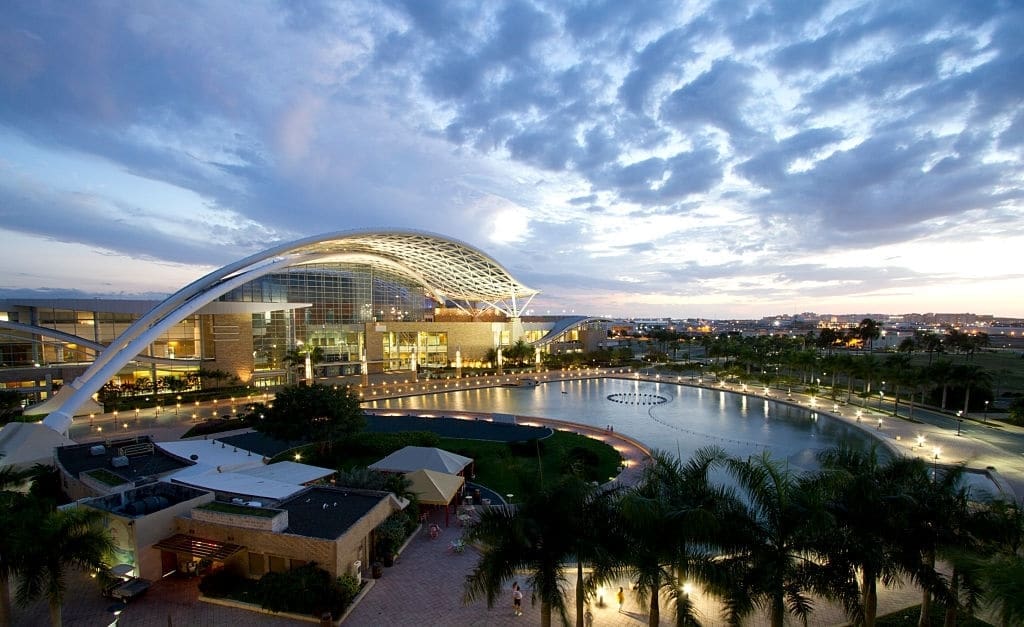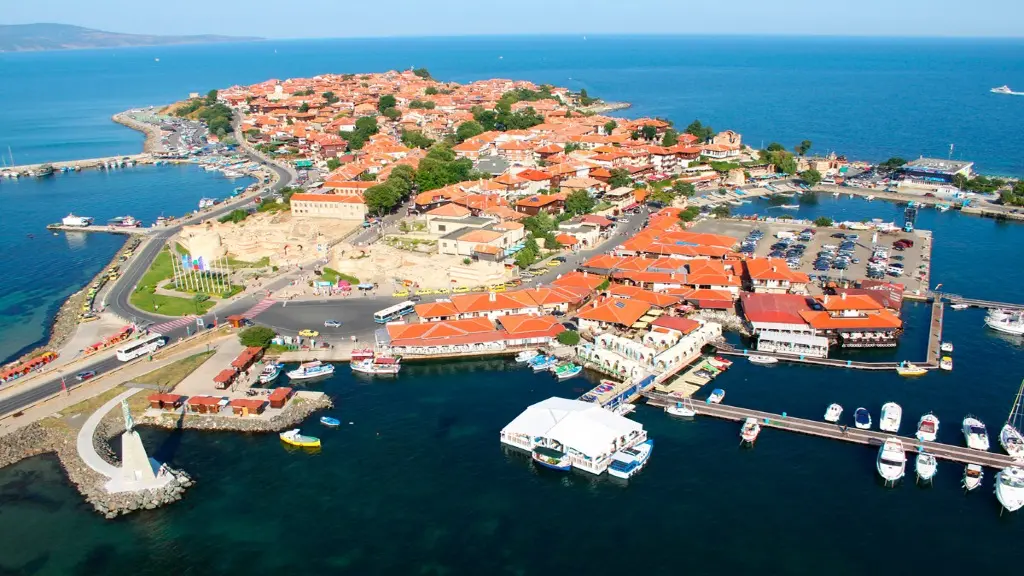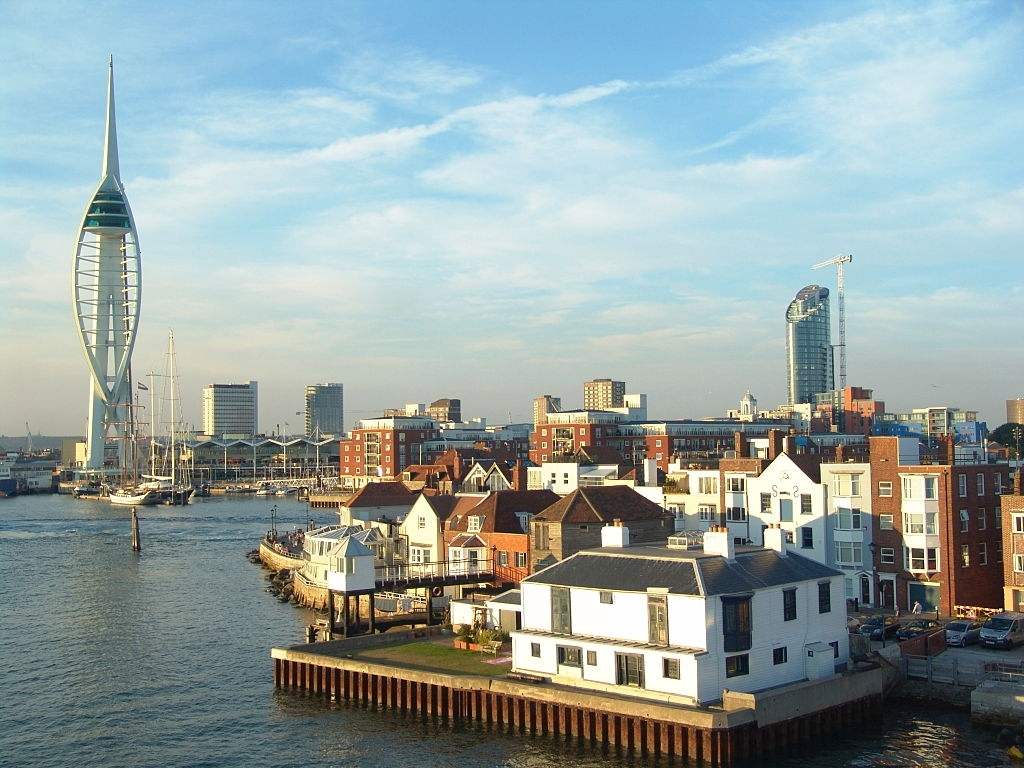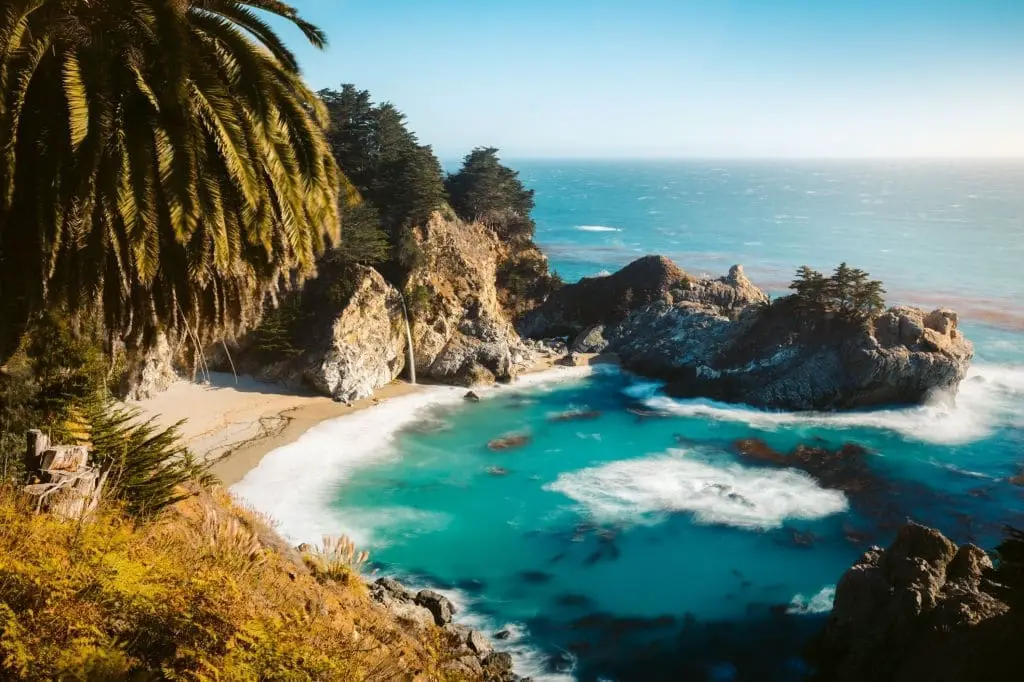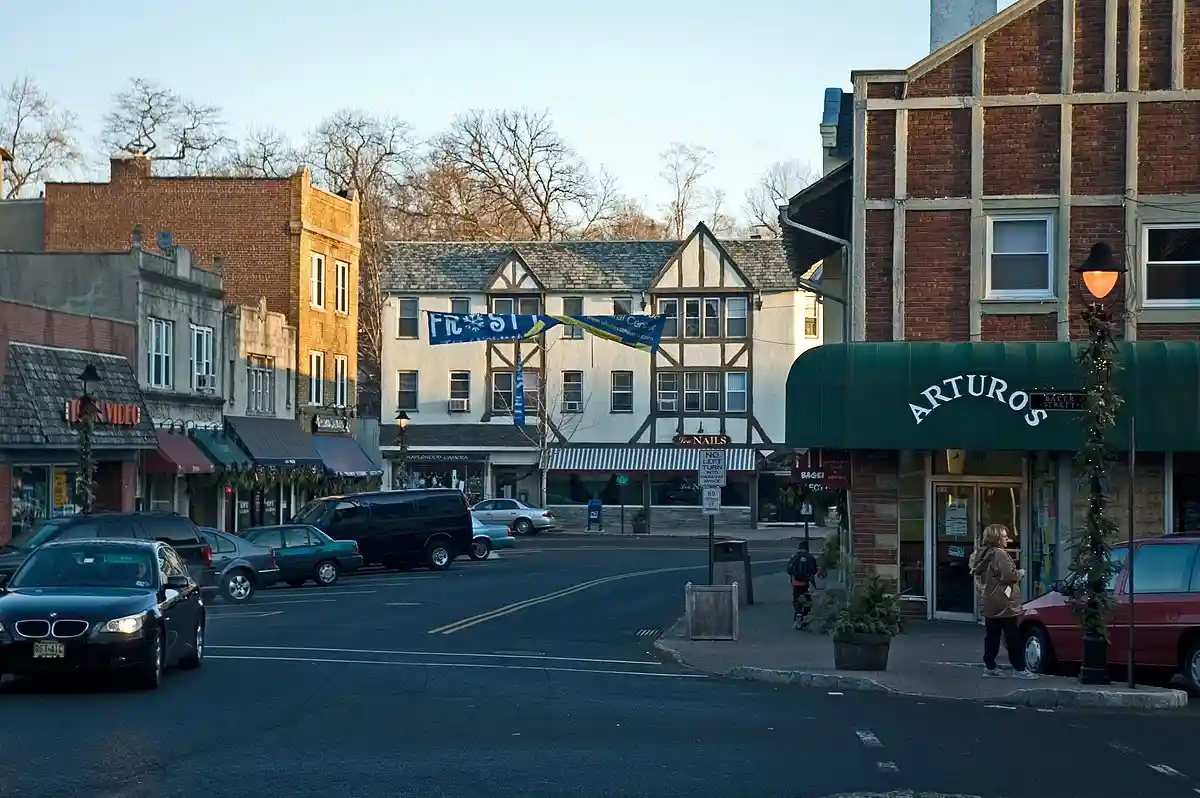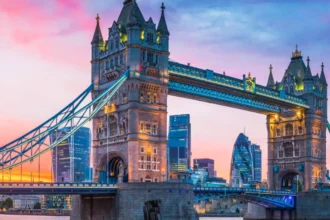Portugal is a country rich in culture, history, and natural beauty. From the ancient streets of Lisbon to the idyllic coastal towns of Algarve and the rugged landscapes of the Azores, the country offers diverse experiences for every type of traveler. Whether you’re a history buff, nature enthusiast, or beach lover, here are 13 of the best places to visit in Portugal that you should not miss.
1. Lisbon
Lisbon, the capital city of Portugal, is a vibrant blend of rich history and modern innovation. Known for its charming neighborhoods and striking architecture, Lisbon offers a variety of attractions that will captivate any traveler.
- Alfama District: This historic neighborhood is the heart and soul of Lisbon, with its narrow, cobbled streets and colorful buildings. It’s perfect for wandering and discovering hidden gems, from Fado music bars to tiny cafes.
- Belém Tower: A symbol of Portugal’s Age of Exploration, this 16th-century fortress was built to defend the city’s harbor. It’s a UNESCO World Heritage site and offers stunning views of the Tagus River.
- Jerónimos Monastery: Another UNESCO site, this monastery is a stunning example of Manueline architecture, featuring intricate carvings and grand cloisters. It’s a testament to Portugal’s maritime history.
- Tram 28: This iconic yellow tram weaves through the city’s most picturesque districts, from Alfama to Baixa, offering a unique and historic perspective of Lisbon.
- Bairro Alto: Lisbon’s nightlife hub, filled with lively bars, clubs, and music venues. In the daytime, it’s a charming area for lunch, with picturesque streets and boutique shops.
- Mercado da Ribeira: A vibrant market where visitors can sample Portuguese delicacies, from traditional petiscos (small snacks) to freshly caught seafood.
2. Porto
Porto, located in northern Portugal, is a city known for its UNESCO-listed historic center, stunning riverside views, and world-famous Port wine.
- Ribeira District: This colorful district is one of Porto’s most iconic areas, with narrow alleys, lively restaurants, and riverside views. It’s the perfect place to relax by the Douro River while sipping on a glass of wine.
- Livraria Lello: Often ranked among the most beautiful bookstores in the world, Livraria Lello features intricate woodwork, a grand staircase, and stunning stained-glass windows. It’s a must-visit for book lovers.
- Dom Luís I Bridge: This double-deck iron bridge connects Porto with Vila Nova de Gaia. Walking across offers incredible panoramic views of the city, river, and wine cellars.
- Port Wine Cellars: Porto is famous for its Port wine, and Vila Nova de Gaia, just across the river, is home to many renowned wine cellars where you can tour the facilities and taste the finest Ports.
3. Sintra
A short train ride from Lisbon, Sintra is a whimsical town known for its fairy-tale castles, lush forests, and romantic atmosphere.
- Pena Palace: An extravagant palace that combines Gothic, Renaissance, and Manueline styles. The colorful exterior and panoramic views from the hilltop make it a stunning sight.
- Quinta da Regaleira: A mystical estate with romantic gardens, hidden tunnels, and an enigmatic well that has a deep symbolic meaning. It’s perfect for those who love history and intrigue.
- Moorish Castle: Offering sweeping views of Sintra, this medieval fortification sits atop a hill and provides insight into the town’s strategic importance during the Moorish occupation.
- Sintra National Palace: A stunning royal residence that showcases Portuguese architecture from the 15th to 19th centuries.
4. Algarve
The Algarve, Portugal’s southernmost region, is famous for its stunning coastline, golden beaches, dramatic cliffs, and charming towns.
- Lagos: A picturesque town with a beautiful old town, historical monuments, and the Ponta da Piedade cliffs. Lagos is also known for its boat tours that take visitors to hidden caves and grottoes.
- Albufeira: Known for its vibrant nightlife and beautiful beaches, Albufeira offers something for everyone, from lively bars to peaceful stretches of sand. Praia da Marinha is one of its most iconic beaches.
- Tavira: A quieter town that blends Roman and Moorish influences, Tavira boasts beautiful architecture and the Ilha de Tavira, a secluded beach island accessible by boat.
- Water Sports and Boat Trips: The Algarve’s clear waters make it ideal for activities like surfing, kite-surfing, and exploring caves by boat.
5. Madeira
Madeira, an archipelago off the African coast, is renowned for its lush landscapes, subtropical climate, and vibrant flower gardens.
- Monte Palace: Once a royal residence, this palace is surrounded by stunning tropical gardens and offers breathtaking views over Funchal, Madeira’s capital.
- Levadas: A series of ancient irrigation channels, some of which have been transformed into hiking trails. These paths take you through Madeira’s lush forests and past serene waterfalls.
- Botanical Gardens: Madeira’s climate supports an array of exotic plants, and its many botanical gardens, including the Madeira Botanical Garden, offer peaceful retreats to enjoy nature.
- Madeira Wine: The island’s famous fortified wine can be sampled at local wine cellars, where you can learn about its production and history.
6. Azores
The Azores, a group of nine volcanic islands, offer dramatic landscapes, geothermal springs, and outdoor activities.
- São Miguel Island: Famous for its Sete Cidades crater lakes, São Miguel is a paradise for nature lovers, with opportunities for hiking, swimming in hot springs, and whale watching.
- Pico Island: Home to Portugal’s highest peak, Mount Pico, this island offers exceptional hiking, along with stunning views of the Atlantic and neighboring islands.
- Terceira Island: Known for the UNESCO World Heritage city of Angra do Heroísmo, this island also features dramatic volcanic landscapes, like the Algar do Carvão, a volcanic chimney.
- Whale Watching and Diving: The Azores are one of the best places in the world for whale watching, and their waters are also great for diving and exploring marine life.
7. Evora
Evora is a well-preserved medieval city located in the Alentejo region, known for its Roman ruins, ancient churches, and tranquil atmosphere.
- Roman Temple of Evora: Also known as the Temple of Diana, this well-preserved Roman structure dates back to the 1st century and is one of the city’s most iconic landmarks.
- Chapel of Bones: A chilling chapel made from human bones and skulls, a stark reminder of the transience of life.
- Evora Cathedral: This massive Gothic cathedral offers panoramic views of the town and surrounding countryside, along with an impressive interior.
- Historic Streets: Evora’s charming, narrow streets are lined with whitewashed buildings, making it a delightful place to explore at a leisurely pace.
8. Óbidos
Óbidos, a charming medieval town surrounded by ancient walls, offers a perfect opportunity to step back in time.
- Óbidos Castle: This well-preserved medieval castle is one of Portugal’s most iconic fortresses, offering stunning views of the surrounding countryside and a glimpse into the country’s past.
- Ginja de Óbidos: The town is famous for its cherry liqueur, often served in chocolate cups, and is a must-try while exploring the cobbled streets.
- Óbidos Chocolate Festival: A popular event held annually, where visitors can indulge in chocolate tastings, workshops, and view impressive chocolate sculptures.
- Strolling the Streets: Óbidos’ cobbled streets, whitewashed houses, and colorful flowers create a picturesque setting perfect for leisurely walks.
9. Coimbra
Coimbra, a historic university city, offers a mix of academic history, charming streets, and beautiful riverside views.
- University of Coimbra: One of Europe’s oldest universities, the University of Coimbra is home to the Joanina Library, which houses thousands of rare books, and the Royal Palace of Alcáçova.
- Botanical Garden: A peaceful retreat with a diverse range of plants and relaxing walking paths, this garden is one of the oldest in Europe.
- Santa Clara-a-Velha: This 14th-century convent, located along the Mondego River, is a beautifully preserved historical site with a fascinating backstory.
- Traditional Fado: Coimbra is one of the birthplaces of Fado music, and you can enjoy traditional performances, especially in the evenings.
10. Douro Valley
The Douro Valley, a UNESCO World Heritage site, is renowned for its terraced vineyards, riverside views, and wine culture.
- Peso da Régua: The central town of the valley, Peso da Régua is a hub for wine production, where visitors can tour wine estates and taste some of the finest Port and Douro wines.
- Pinhão: A picturesque village with traditional wine estates and its iconic train station decorated with azulejos.
- River Cruise: A cruise along the Douro River offers breathtaking views of the terraced vineyards and the dramatic landscapes of the valley.
- Wine Tastings: The valley is home to many wine estates where you can taste traditional Douro wines, including Port, and learn about the region’s rich viticultural history.
11. Cascais
Located just outside Lisbon, Cascais is a coastal town known for its beaches, historic center, and upscale atmosphere.
- Boca do Inferno: A dramatic coastal cave where waves crash against the rocks, creating a natural spectacle that’s especially impressive during stormy weather.
- Cascais Marina: A modern marina with restaurants and cafes offering waterfront views. It’s a lovely spot to enjoy a meal or simply relax and watch the boats.
- Santa Marta Lighthouse: A beautiful historic lighthouse offering sweeping views of the Atlantic Ocean and the surrounding coastline.
12. Tomar
Tomar, a town steeped in history and Knights Templar connections, offers both medieval architecture and natural beauty.
- Convent of Christ: A UNESCO World Heritage site, this impressive monastery was once the headquarters of the Knights Templar. It features stunning architecture and impressive frescoes.
- Tomar Castle: A medieval fortress with panoramic views of the surrounding town and countryside.
- Mata Nacional dos Sete Montes: A large forest park that is perfect for hiking, picnicking, and enjoying nature.
13. Guimarães
Often called the birthplace of Portugal, Guimarães offers a rich historical experience along with charming old-world streets.
- Guimarães Castle: A medieval fortification that played a crucial role in the formation of Portugal as a nation, offering panoramic views of the town.
- Palace of the Dukes of Braganza: A beautiful royal residence showcasing the grandeur of Portuguese nobility, with impressive interiors and artifacts.
- Largo da Oliveira: A charming square surrounded by historic buildings, cafes, and shops, perfect for a leisurely walk or to enjoy a traditional meal.
This expanded guide provides deeper insight into Portugal’s diverse and culturally rich regions, offering a comprehensive look at each destination’s unique attractions and experiences.
Conclusion
Portugal is a country of stunning diversity, offering a wide range of experiences for every type of traveler. Whether you’re exploring the bustling streets of Lisbon, relaxing on the beaches of Algarve, hiking through the volcanic landscapes of the Azores, or sipping Port wine in Porto, Portugal has something for everyone.
With its rich culture, fascinating history, and breathtaking natural beauty, it’s easy to see why Portugal continues to be one of Europe’s most popular travel destinations. Start planning your trip today, and experience all that Portugal has to offer.
FAQs
1. What is the best time to visit Portugal?
The best time to visit Portugal is during the spring (April to June) and fall (September to October), as the weather is pleasant and the crowds are thinner.
2. What are some famous Portuguese foods to try?
Don’t miss traditional dishes like bacalhau (salted cod), pastéis de nata (custard tarts), caldo verde (green soup), and francesinha (a Portuguese sandwich).
3. Is it safe to travel to Portugal?
Yes, Portugal is considered one of the safest countries in Europe for travelers. The crime rate is low, and locals are friendly and welcoming.
4. What language do they speak in Portugal?
The official language is Portuguese. However, English is widely spoken in tourist areas.
5. How do I get around in Portugal?
Portugal has an excellent public transportation system, including trains, buses, and trams. Renting a car is also a great option for exploring more remote areas.


